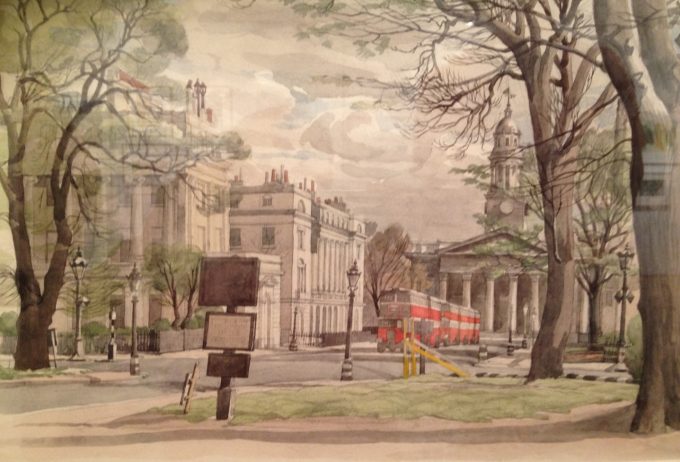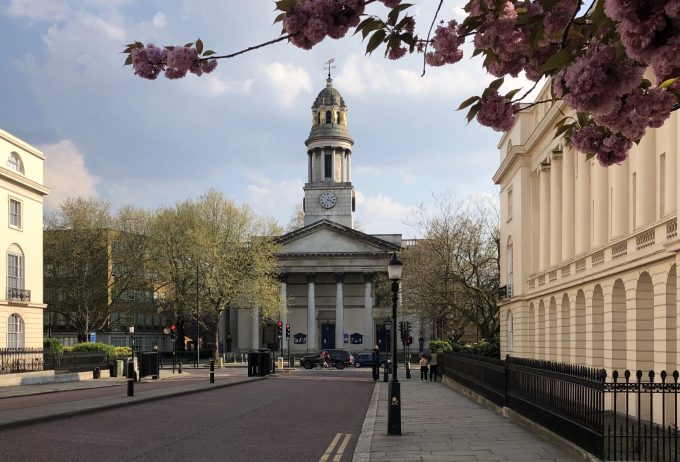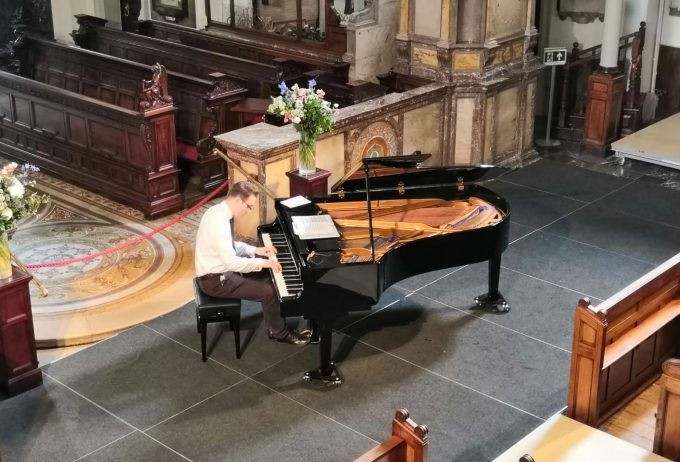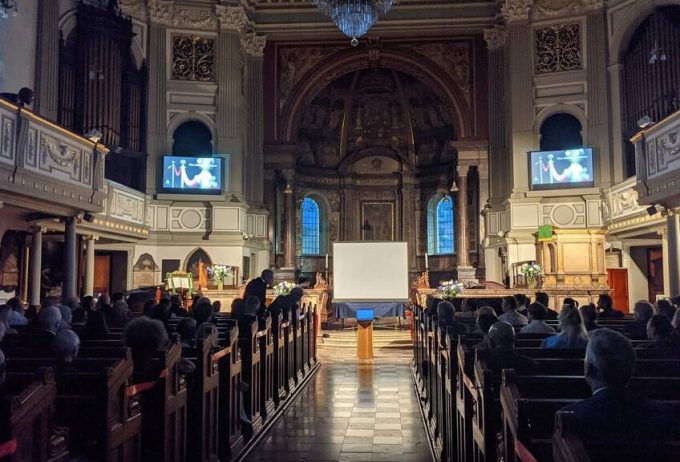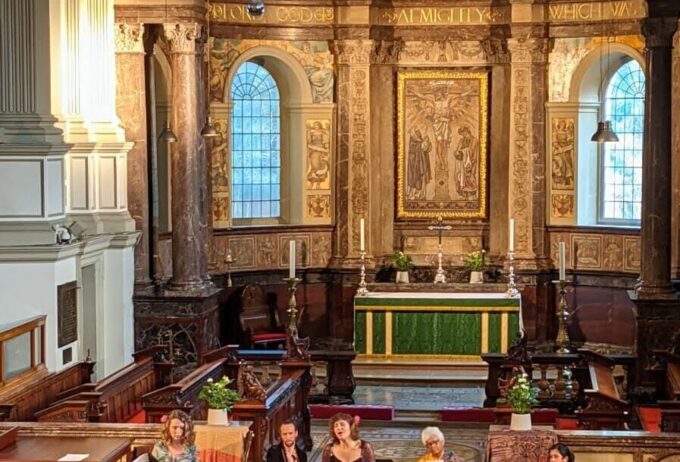St Marylebone Family Tree
St Marylebone Parish Church was the wellspring of charity in the parish; most of the organisations that provided help for people who were sick, poor, vulnerable and elderly were connected to it. Free education, healthcare and affordable housing were not a right for all until the middle of the twentieth century. Until then those in need had to negotiate their way through a confusing hotch potch of charities to find help. Some were the stuff of nightmares; workhouses in particular were viewed with horror as the place of last resort, where families were split up and inmates treated brutally. Many other charities cared for their recipients with compassion and helped them to flourish. Charity and Church Schools educated thousands of children, and almshouses gave the destitute elderly a comfortable final home. Even workhouse infirmaries were eventually transformed into hospitals, forming the basis of the National Health Service (NHS) – the pride of the nation and envy of the world.
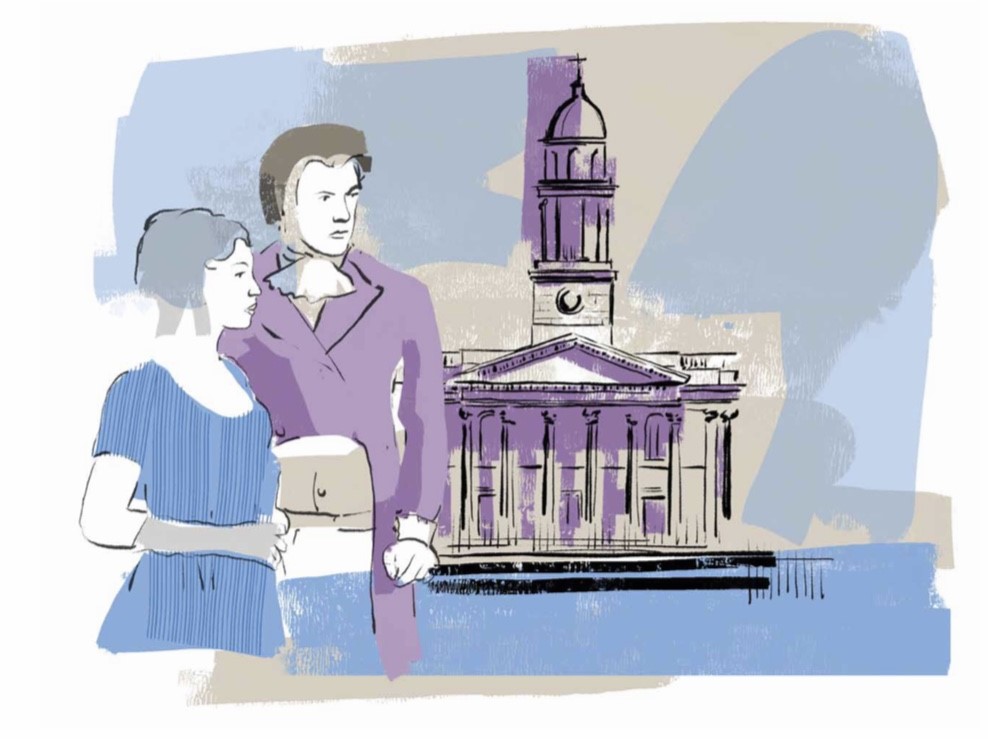
St Marylebone Parish Church
The parish church has been a place of worship and the beating heart of the parish’s charitable works for hundreds of years. It united a patchwork of organisations, some still in existence, that cared for children, people who were old, sick, destitute or vulnerable.
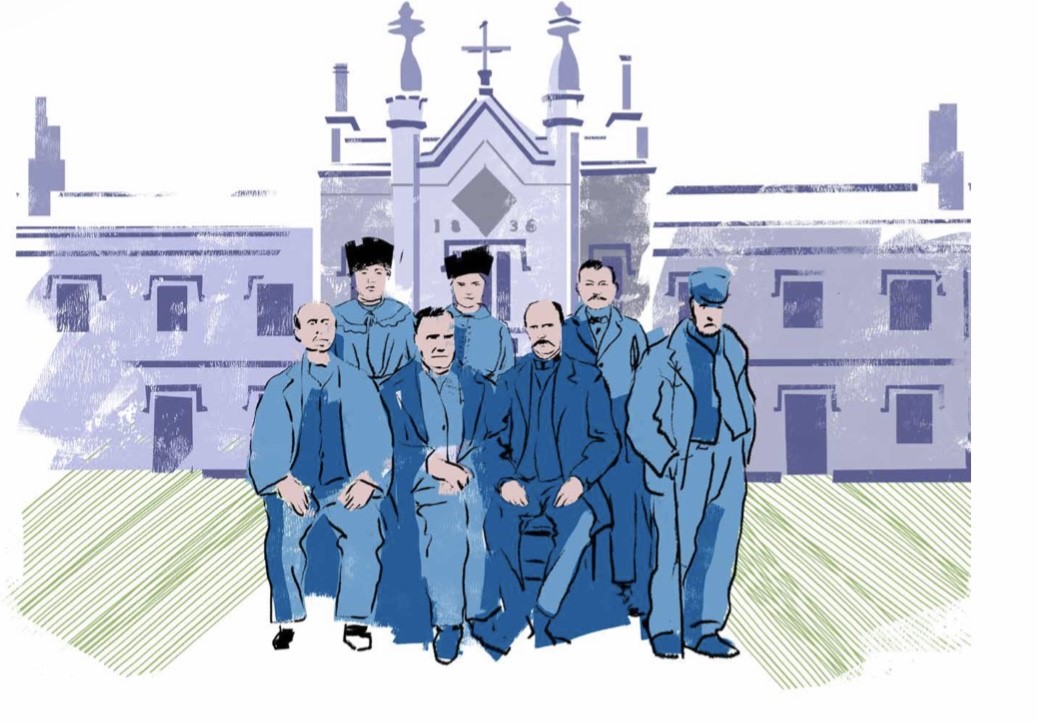
St Marylebone Almshouses
While the destitute working classes went to the workhouse, almshouses were often the destination for genteel elderly people who had fallen on hard times. Today, almshouses provide homes for 36,000 people across the UK.

St Marylebone Charity School
The St Marylebone Ragged School and The St Marylebone Church of England School Until 1918 there was no free education for all. Church and Ragged Schools sprang up to educate poor and working-class children and sometimes also provided food, clothing and somewhere to sleep.

St Marylebone Town Hall
The Town Hall, the home of St Marylebone Metropolitan Borough Council, was opened in March 1920 replacing the old Vestry courthouse. The Council succeeded the St Marylebone Vestry in 1900 and continued until it was absorbed into the City of Westminster in 1965. The City Council still meets here.
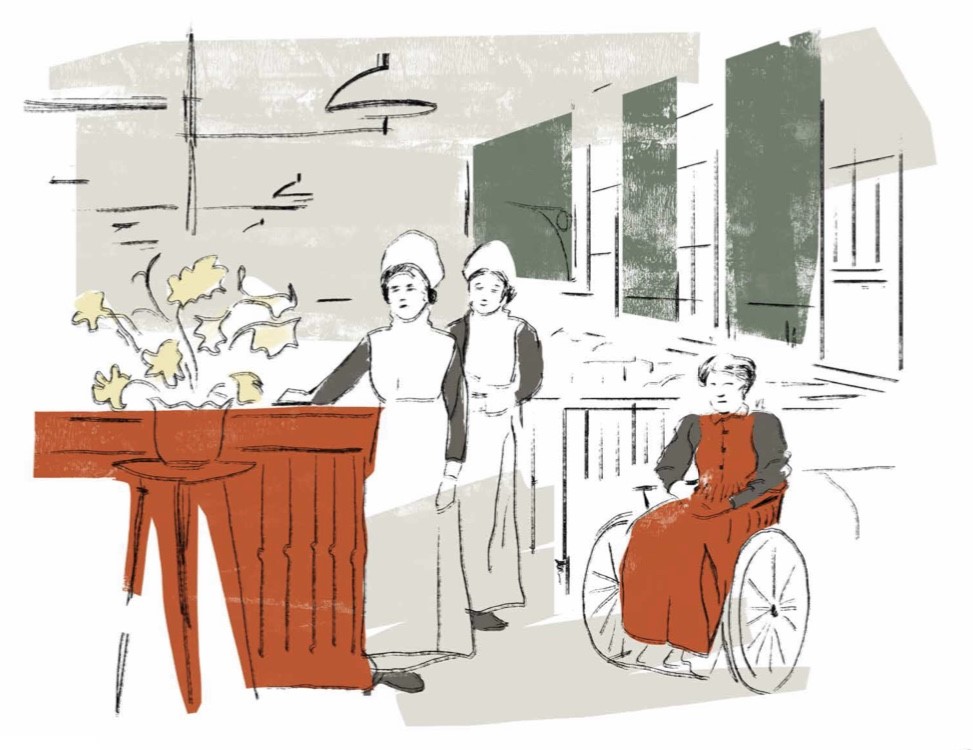
St Marylebone Infirmary for the Sick Poor
Workhouses had their own infirmaries often run by untrained, slatternly staff. Patient numbers soared and so new, purpose-built hospitals opened, staffed by efficient and professional nurses inspired by the formidable Florence Nightingale.
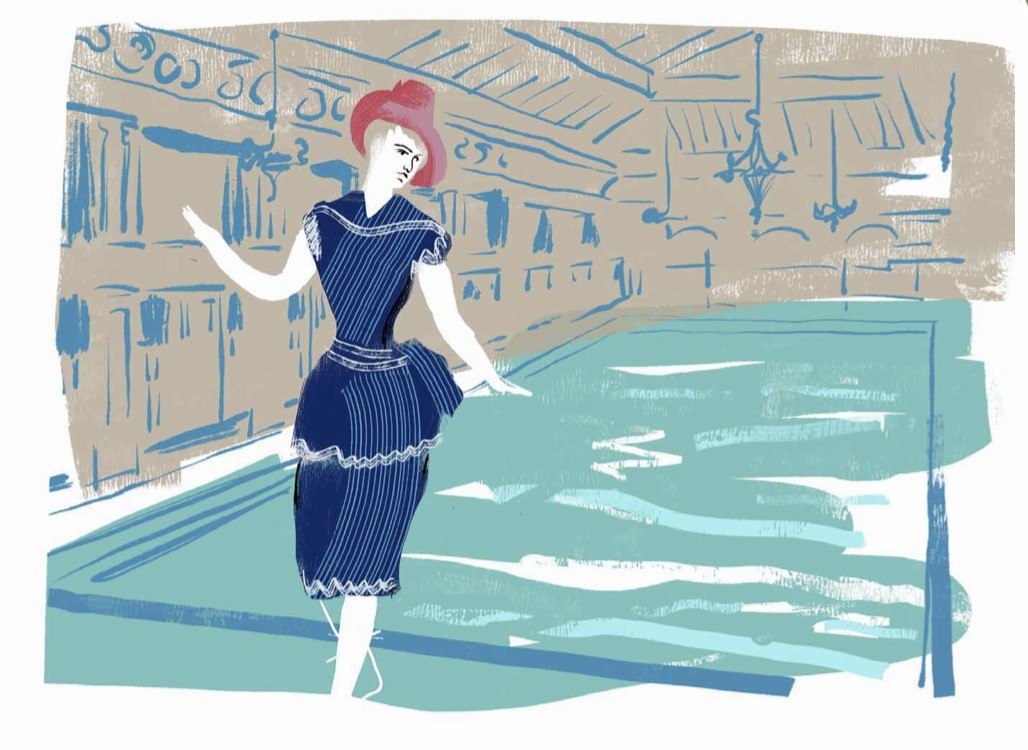
St Marylebone Baths and Wash Houses
Few of the parish’s poorer homes had running water and certainly not hot water. Every week about 12,000 residents flocked to the Baths to wash themselves and their clothes.
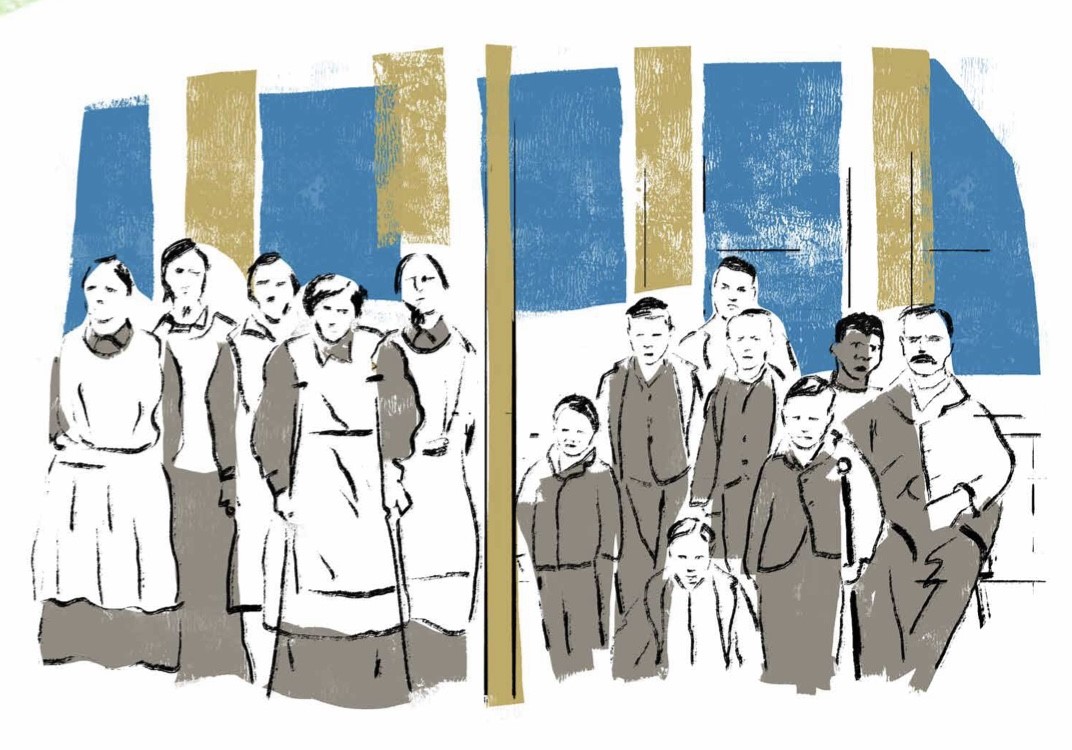
The Workhouse
Workhouses gave shelter to poor, unemployed and sick people, from cradle to grave. Residents could expect unappetising food, harsh discipline and hard manual labour in return for a roof over their heads.
Except where noted and excluding company and organisation logos this work is shared under a Creative Commons Attribution 4.0 (CC BY-NC 4.0) Licence
Please attribute as: “St Marylebone Family Tree (2023) by St Marylebone Parish Church supported by The National Lottery Heritage Fund, licensed under CC BY-NC 4.0”

